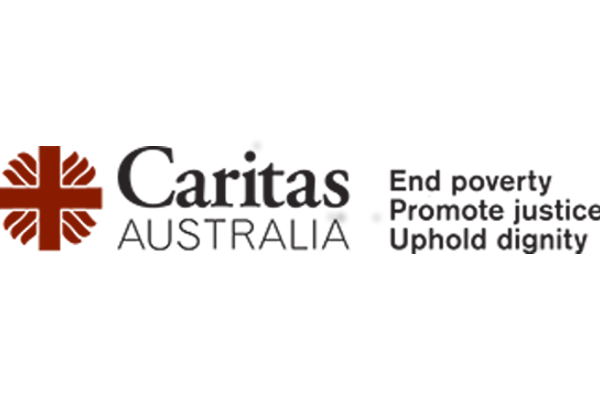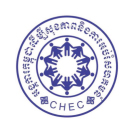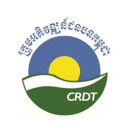The Expansion of Mining Activities and Indigenous People's Rights in Mondulkiri Province, 2010
Since the second half of the 19th century Cambodia’s mineral resources were charted by French and Chinese geologists.1 Early known minerals were bauxite, carbonate rocks, gemstones, gold, manganese, phosphate, salt, silica and zircon. Minerals subsequently discovered included chromium, copper, iron ore, limestone, nickel, and tungsten.2 Entering into the 21st century these mineral resources remained largely unexplored and undeveloped due to the decades of war and lack of capital investment. Only recently have large transnational corporations invested heavily in Cambodia’s nascent mining industry. Remarkably, investments for mining projects approved by the Council for the Development of Cambodia (CDC) increased from US$ 181 million in 2005 to US$ 403 million in 2006.3 Mineral assets together with gas and oil resources are now considered by the government to have a high potential for generating revenue.
Deputy Prime Minister, H.E. Sok An, in a speech delivered in November 2007 spoke of “Cambodia’s Resource Breakthrough” and of the government’s commitment “to ensuring that the benefits of that resource breakthrough are distributed throughout all levels of society.” According to the Deputy Prime Minister increased revenues from the oil, gas, and mineral sectors would support the government’s social and economic development objectives “diminishing reliance upon donor aid and upon burdensome loans; more money for education, health, infrastructure and social programs; and the increased employment opportunities for young Cambodians, both skilled and unskilled.” H.E. Sok An indicated that the number of mineral exploration licenses granted to both foreign and local companies had increased and mentioned in particular the license awarded to BHP Billiton and Mitsubishi Corporation which “could lead to eventual investment of billions of US dollars.”4 That agreement signed in 2006 gave BHP Billiton and Mitsubishi Corporation exclusive right to explore for bauxite in an area of 996 square kilometers of Mondulkiri province, with the prospect of building an aluminum refinery.

































